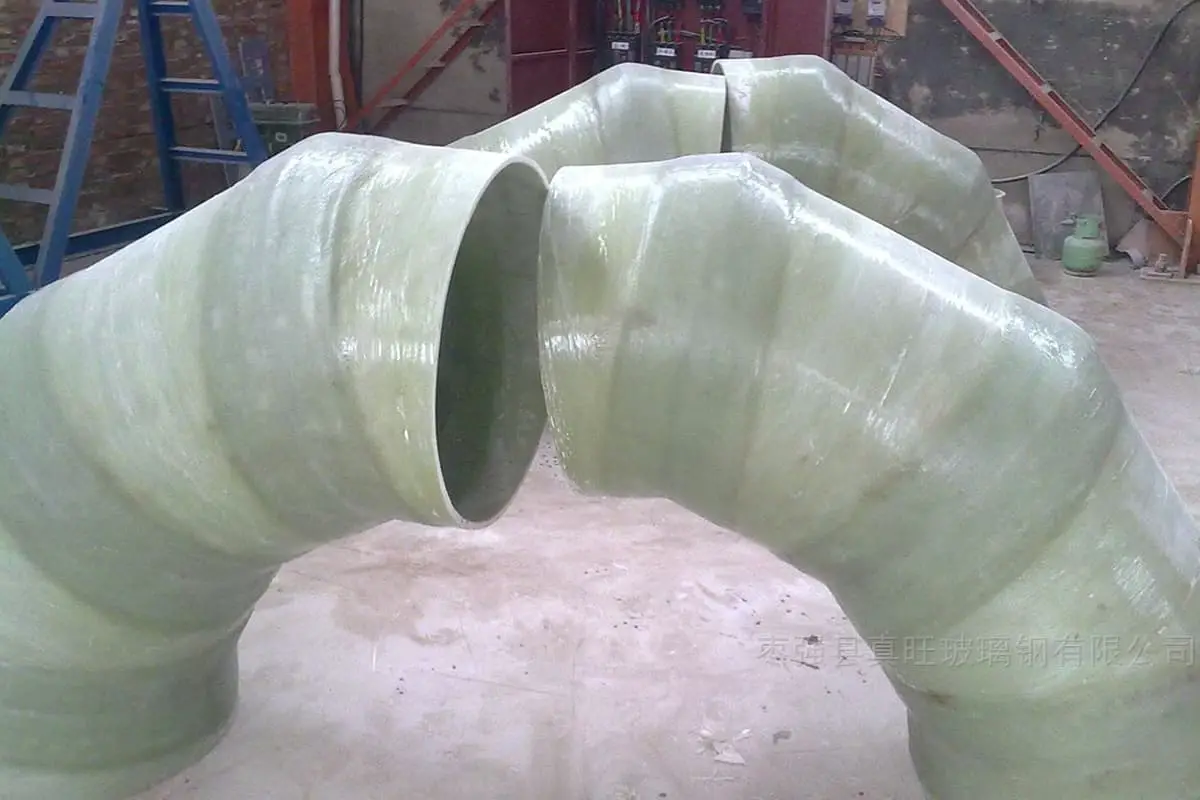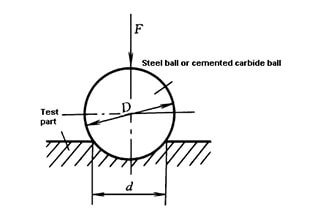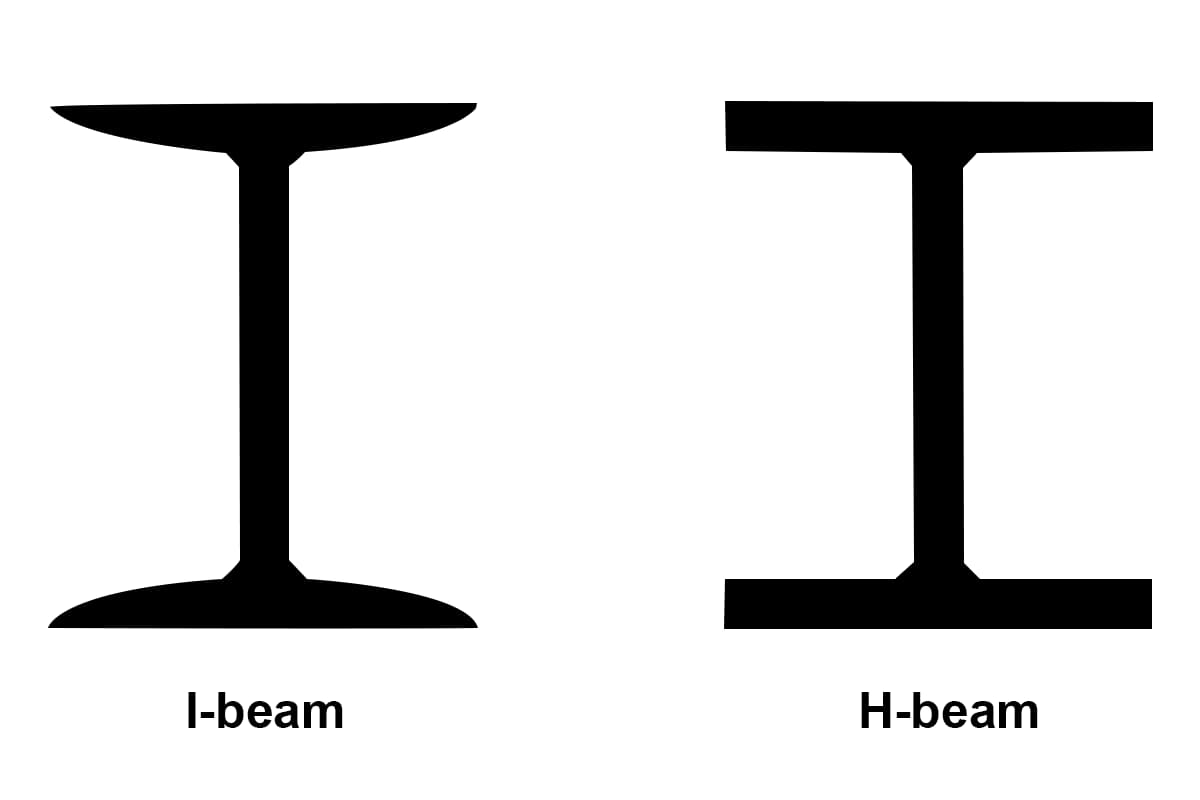
Have you ever wondered what makes fiberglass-reinforced plastic (FRP) such a versatile material in various industries? This blog post explores the unique properties of FRP, highlighting its lightweight nature, impressive strength, and exceptional thermal and electrical insulation capabilities. You’ll learn about its resistance to aging, high temperatures, and corrosion, making it an invaluable resource in fields ranging from construction to aerospace. Dive in to understand how FRP stands out compared to traditional materials and what benefits it brings to modern engineering applications.

Fiberglass boasts a low density, excellent dielectric insulation properties, superior thermal insulation, as well as absorbency and thermal expansion characteristics.
The density of fiberglass ranges from 1.5 to 2.0, merely a quarter to a fifth of that of ordinary carbon steel, and about two-thirds lighter than lightweight aluminum. Despite its lightness, its mechanical strength is impressively high.

In some respects, it can even approach the level of ordinary carbon steel. For instance, certain epoxy fiberglass materials achieve tensile, bending, and compressive strengths exceeding 400MPa. When considering relative strength, fiberglass not only significantly outperforms ordinary carbon steel, but it can also match and even surpass the level of some special alloy steels.
A comparison of the density, tensile strength, and relative strength of fiberglass and several metals is presented in Table 1.
Table 1
| Material Names | Density | Tensile Strength (Ma) | Specific Strength |
| Advanced Alloy Steel | 8.0 | 1280 | 160 |
| A3 Steel | 785 | 400 | 50 |
| LY12 Aluminum Alloy | 2.8 | 420 | 160 |
| Cast Iron | 7.4 | 240 | 32 |
| Epoxy Fiberglass | 1.73 | 500 | 280 |
| Polyester Fiberglass | 1.8 | 290 | 160 |
| Phenolic Fiberglass | 1.8 | 290 | 160 |
Strength-to-Weight Ratio: This refers to the tensile strength per unit of density, that is, the ratio of a material’s tensile strength to its density, indicating the extent of its lightweight and high-strength properties.
Fiberglass has excellent electrical insulation properties, making it suitable as an insulation component in instruments, motors, and electrical appliances. It maintains good dielectric properties even under high-frequency conditions. Replacing paper and cotton cloth with fiberglass cloth in insulation materials can enhance the insulation grade of these materials.
Using the same resin, it can improve at least one grade. Fiberglass constitutes one-third to one-half of the total amount of insulation materials. In some large motors, such as 125,000 KW motors, hundreds of kilograms of fiberglass are used as insulation material.
Furthermore, fiberglass is not affected by electromagnetism and has good microwave transparency. Table 2 introduces the dielectric properties of a few types of fiberglass.
Table 2
| Types of Fiberglass | Dielectric Constant | Dielectric Loss Tangent |
| Styrene Butadiene Fiberglass | 3.5~4.0 | (3.5~5.0)*10-3 |
| DAP Fiberglass | 4.0~4.8 | (0.9~105)*10-2 |
| Polybutadiene Fiberglass | 3.54.0 | (4.5~5.5)*10-3 |
| 307 Polyvinyl Acetate Fiberglass | 4.0~4.8 | (0.9~1.5)*10-3 |
| 6101 Epoxy Fiberglass | 4.7~5.2 | (1.7~2.5)*10-2 |
Fiberglass exhibits excellent thermal characteristics, with a specific heat capacity 2-3 times greater than that of metals, and a lower thermal conductivity, which is only 1/100 to 1/1000 of that of metallic materials.
Additionally, certain varieties of fiberglass possess remarkable resistance to instantaneous high temperatures. For instance, phenolic-based high silica cloth fiberglass forms a carbonized layer under extremely high temperatures, effectively protecting rockets, missiles, and spacecraft from the 5000 to 10000 K high temperatures and high-speed airflows they must endure while passing through the atmosphere. Table 3 outlines the thermal properties of a few materials.
Table 3
| Materials | Specific Heat [KJ (Kg·K)] | Thermal Conductivity [w/(m·k)] | Linear Expansion Coefficient ɑ10-5/°C |
| Polyvinyl Castings | 0.17 | 0.17 | 6~13 |
| Iron | 0.46 | 75.6 | 1.2 |
| Aluminum | 0.92 | 222 | 2.4 |
| Wood | 1.38 | 0.09~0.19 | 0.08~0.16 |
| Fiberglass | 1.26 | 0.40 | 0.7~6 |
As illustrated by Table 3, fiberglass possesses exceptional thermal insulation properties, an advantage metallic materials simply cannot compete with.
All materials confront the issue of aging, and fiberglass is no exception; it merely varies in rate and severity. Under exposure to atmospheric conditions, humid heat, water immersion, and corrosive media, the performance of fiberglass declines. Long-term use can result in diminished gloss, color changes, resin shedding, fiber exposure, and delamination, among other phenomena.
However, with advancements in science and technology, necessary anti-aging measures can be taken to improve its performance and extend the product’s lifespan.
For instance, when fiberglass was subjected to natural aging tests in Harbin, the least decline was observed in tensile strength of the panel, less than 20%; followed by bending strength, generally not exceeding 30%; the greatest decrease was seen in compressive strength, which also showed the most fluctuation, usually between 25% and 30%. Refer to Table 4 below.
Table 4
| Mechanical Properties | Types of Fiberglass | Initial Strength (MPa) | Strength after 10 Years | Strength after 10 Years |
| Residual Strength (MPa) | Strength Decline Rate (%) | |||
Tensile Strength | Epoxy | 290.77 | 244.22 | 16 |
| Polyester | 293.21 | 228.73 | 22 | |
| Bending Strength | Epoxy | 330.06 | 260.68 | 21 |
| Polyester | 292.04 | 224.91 | 23 | |
| Compressive Strength | Epoxy | 216.58 | 160.23 | 26 |
| Polyester | 199.43 | 139.65 | 30 | |
| Modulus of Curvature | Epoxy | 1.73*104 | 1.11*104 | 36 |
| Polyester | 1.59*104 | 1.02*104 | 36 |
Moreover, exposure to outdoor elements such as wind, rain, and sunlight can lead to the shedding of the resin layer on fiberglass surfaces. Regular maintenance is necessary to prevent this.
The heat resistance and flame resistance of fiberglass depends on the type of resin used. The continuous operating temperature cannot exceed the heat distortion temperature of the resin. Commonly used epoxy and polyester fiberglass are flammable. For structures that require fire resistance, flame-retardant resins or retardants should be used. Therefore, caution is necessary when using fiberglass.
Typically, fiberglass cannot be used for extended periods under high temperatures. For instance, the strength of polyester fiberglass begins to decline at temperatures above 40°C to 45°C, and that of epoxy fiberglass starts to decrease above 60°C.
In recent years, high-temperature-resistant fiberglass varieties have emerged, such as cycloaliphatic epoxy fiberglass and polyimide fiberglass. However, their long-term operating temperature is only within 200-300°C, which is significantly lower than the long-term operating temperature of metals.
Given these five aspects of physical properties, it’s clear that fiberglass differs from materials like metals and ceramics. Therefore, to maximize its advantages, it needs to be used properly. For example, fiberglass has excellent low-temperature performance as its strength doesn’t decrease.
Thus, even when outdoor temperatures drop to -45°C to -50°C in northern winters, fiberglass doesn’t become brittle. Outdoor structures like cooling towers and rain shelters remain safe to use in northern winters.
Conversely, in high-temperature environments, specific resins and formulas are needed for fiberglass. For continuous use at 100°C, a high-temperature-resistant formula and specific process conditions for molding are required. Otherwise, fiberglass can be damaged under continuous operation at temperatures above 100°C.
The primary chemical property of fiberglass is its outstanding corrosion resistance. It doesn’t rust or corrode like metal materials or rot like wood. It’s almost immune to erosion by mediums like water and oil. It can substitute stainless steel in chemical factories for the manufacturing of tanks, pipes, pumps, valves, etc.
Not only does it have a long service life, but it also doesn’t require protective measures against corrosion, rust, or insects, reducing maintenance costs. Fiberglass is widely used for its corrosion resistance. In some major industrial countries, over 13% of corrosion-resistant products are made from fiberglass, with usage increasing annually. It’s also commonly used in our country, mostly for lining metal equipment to protect the metal.
The corrosion resistance of fiberglass mainly depends on the resin used. Although the resin used for fiberglass is corrosion-resistant, if applied directly onto metal surfaces, it can cause severe cracking and won’t prevent leaks or protect the metal.
Adding a certain amount of glass fiber to the resin can transform potential severe cracking into numerous minor cracks. The chance of these small cracks forming a continuous crack is minimal, and they can also serve to halt further cracking. This helps prevent the penetration and corrosion by chemical solutions.
Fiberglass is not only stable against a variety of low-concentration acids, alkalis, salts, and solvents but also resistant to atmospheric, seawater, and microbial effects.
However, for different corrosive mediums, the appropriate resin and glass fiber and their products should be selected. The use of fiberglass for anti-corrosion has become increasingly popular in recent years, demonstrating the advantages of low anti-corrosion investment, long service life, and substantial savings in stainless steel materials, leading to significant economic benefits.
Typically, the corrosion resistance of fiberglass is evaluated by measuring its mass change when placed in different corrosive mediums. A smaller mass change indicates better corrosion resistance, and a larger mass change indicates poorer corrosion resistance.
Table 5 lists the mass ratios of several types of fiberglass in different concentrations of acid and alkali solutions, while Table 6 shows the retention rate of the bending strength of polyester fiberglass in acid, alkali, and other mediums.
Table 5
| Medium | Medium Concentration | Age | 307 Polyester Fiberglass | Styrene Fiberglass | Furan-Epoxy Fiberglass | 634 Epoxy 193 Polyester Fiberglass | DAP Fiberglass | 197 Polyester Fiberglass | Polybutadiene Fiberglass |
| Sodium Hydroxide | 5.2% | 366 | -5.426 | +0.5091 | +0.7122 | +10.85 | +1.023 | +9744 | +0.531 |
| Sodium Hydroxide | 29.2% | 366 | -17.21 | +0.103 | -0.49 | +12.07 | +2.301 | +0.522 | +0.174 |
| Sodium Hydroxide | 48.3% | 386 | -8.85 | -1.432 | -1.28 | -0.604 | +8.34 | -1.84 | -1.78 |
| Sulfuric Acid | 5.6% | 365 | +0.472 | -0.155 | +4.74 | -0.0371 | -0.012 | -0.212 | — |
| Sulfuric Acid | 28.8% | 365 | +5.855 | +1.199 | +17.38 | +0.032 | +1.795 | +1.217 | +4.338 |
| Sulfuric Acid | 48.3% | 365 | +1.565 | +0.115 | +6.193 | +0.321 | +0.434 | +0.339 | +0.428 |
| Hydrochloric Acid | 4.7% | 365 | -0.6762 | -3.350 | +3.987 | +0.044 | -0.7414 | -2.083 | — |
| Hydrochloric Acid | 15.2% | 365 | -6.254 | -6.74 | +0.7428 | +3.878 | -8.371 | -7.211 | — |
Table 6
| Resin Grade | 191# | 189# | 196# | 197# | 198# | 199# | |
| Original Strength (MPa) | 259 | 267 | 278 | 295 | 337 | 290 | |
| Steel Hydroxide | 5% | 8.75 | 5.96 | 12.10 | 20.30 | 6.24 | 27.10 |
| Steel Hydroxide | 30% | — | — | — | — | — | 22.60 |
| Sulfuric Acid | 5% | 50.6 | 55.5 | 45.5 | 43.4 | 47.0 | 69.8 |
| Sulfuric Acid | 30% | 58.5 | 45.1 | — | 38.6 | 40.0 | 64.5 |
| Hydrochloric Acid | 5% | 70.5 | 55.3 | 68.5 | 46.8 | 49.2 | 69.8 |
| Hydrochloric Acid | 30% | 50.6 | 45.2 | 45.0 | 39.7 | 28.1 | 71.0 |
| Nitric Acid | 5% | 69.8 | 50.3 | 59.5 | 56.2 | 52.2 | 75.0 |
| Hydrochloric Acid | 30% | 50.6 | 45.2 | 45.0 | 39.7 | 28.1 | 71.0 |
| Nitric Acid | 5% | 69.8 | 50.3 | 59.5 | 56.2 | 52.2 | 75.0 |
| Nitric Acid | 30% | 57 | 40.2 | 53 | 39.6 | 36.6 | 64.6 |
| Benzene | 21.9 | 24.4 | 21 | 28.8 | 55.2 | 88 | |
| Transformer Oil | 81.5 | 74 | 75.1 | 66.5 | 69.4 | 84.8 | |
| Gasoline | 85.5 | 75.7 | 74.8 | 79.6 | 74.0 | 89.6 |
* The soaking time is one year.








